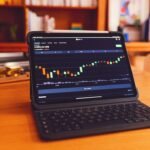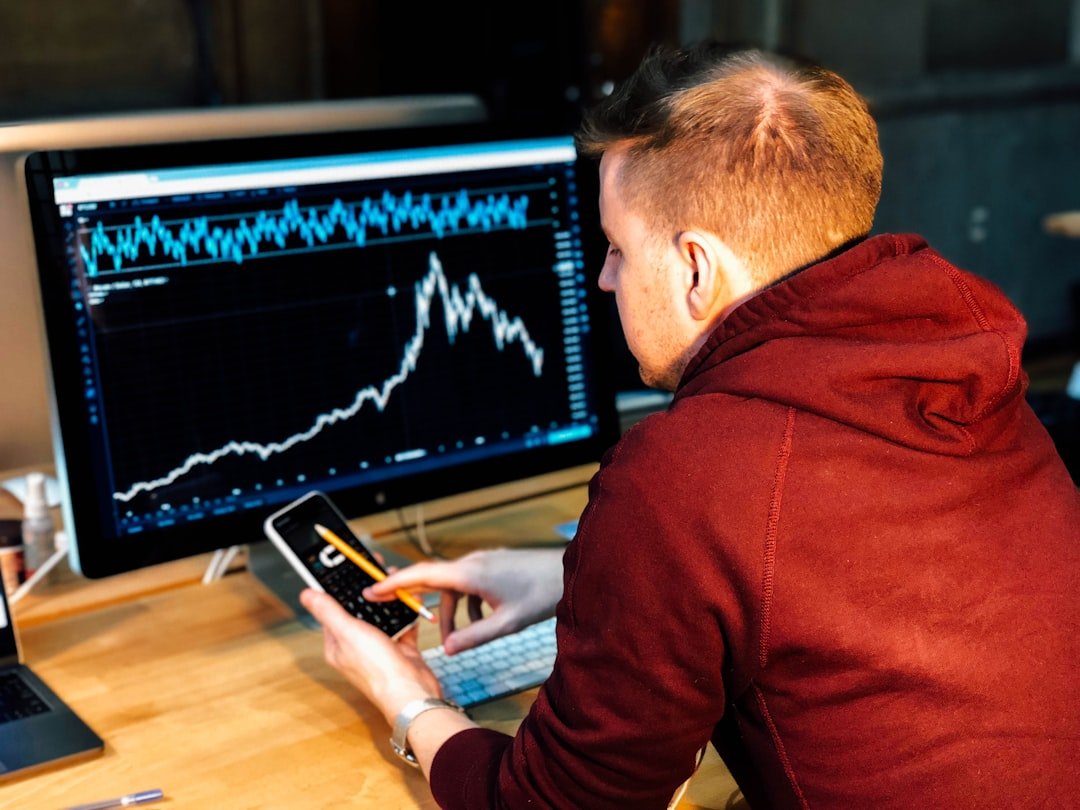Swing trading has emerged as a prominent strategy in the financial markets, particularly in the context of the rapidly evolving landscape of 2025. This trading style, which focuses on capturing short- to medium-term price movements, has gained traction among both retail and institutional traders. Unlike day trading, which requires constant monitoring of the markets, swing trading allows traders to hold positions for several days or weeks, capitalizing on price swings that occur within a trend.
In 2025, the environment for swing trading is shaped by a confluence of factors, including technological advancements, increased market accessibility, and a growing understanding of market psychology. Traders are now equipped with sophisticated tools and platforms that facilitate real-time analysis and execution of trades.
Moreover, the democratization of trading through mobile applications and online brokerages has made it easier for individuals to participate in the markets. As a result, swing trading has become an attractive option for those looking to balance their investment activities with other commitments, making it a viable strategy for a diverse range of investors.
The Evolution of Swing Trading Strategies in the Digital Age
From Technical Analysis to Advanced Analytics
However, the advent of big data and advanced analytics has transformed how traders approach their strategies. Today, swing traders utilize a combination of technical indicators, sentiment analysis, and macroeconomic data to identify potential trade opportunities.
The Rise of Social Media Sentiment in Trading
One notable evolution in swing trading strategies is the integration of social media sentiment into trading decisions. Platforms like Twitter and Reddit have become valuable sources of real-time information about market trends and investor sentiment. Traders now analyze social media trends to gauge public interest in specific stocks or sectors, allowing them to make more informed decisions about when to enter or exit positions.
Understanding Market Psychology in the Digital Age
This shift highlights the importance of understanding market psychology and the collective behavior of investors in the digital age.
Technology and Tools for Successful Swing Trading in 2025
In 2025, technology plays a pivotal role in enhancing the effectiveness of swing trading strategies. Traders have access to an array of tools that streamline their analysis and execution processes. Advanced charting software equipped with customizable indicators allows traders to visualize price movements and identify potential entry and exit points with greater precision.
Additionally, algorithmic trading platforms enable traders to automate their strategies based on predefined criteria, reducing the emotional aspect of trading. Moreover, mobile trading applications have revolutionized how swing traders operate. With the ability to monitor markets and execute trades from anywhere, traders can respond swiftly to market changes.
These applications often come with features such as real-time alerts, news feeds, and integrated social trading functionalities that allow users to follow successful traders and replicate their strategies. The convenience and accessibility provided by these technological advancements have made swing trading more appealing to a broader audience.
Identifying Medium-Term Market Trends for Profitable Swing Trading
Identifying medium-term market trends is crucial for successful swing trading. Traders must develop a keen understanding of both fundamental and technical analysis to spot potential price movements. Fundamental analysis involves evaluating economic indicators, earnings reports, and geopolitical events that can influence market sentiment.
For instance, a positive earnings report from a major corporation can lead to a bullish trend in its stock price, presenting an opportunity for swing traders to capitalize on the upward movement.
For example, if a stock consistently bounces off a particular support level while showing bullish divergence on the RSI, it may signal an opportune moment for a swing trade.
By combining these analytical approaches, traders can enhance their ability to identify medium-term trends and make informed decisions that align with their trading goals.
Risk Management and Position Sizing in Swing Trading
Effective risk management is paramount in swing trading, as it helps protect capital while allowing for potential gains. One of the fundamental principles of risk management is position sizing, which involves determining how much capital to allocate to each trade based on individual risk tolerance and account size. A common rule among swing traders is to risk no more than 1-2% of their total capital on any single trade.
This approach ensures that even a series of losses will not significantly impact the overall portfolio. In addition to position sizing, implementing stop-loss orders is another critical aspect of risk management. A stop-loss order automatically sells a security when it reaches a predetermined price level, limiting potential losses on a trade.
For instance, if a trader enters a position at $50 with a stop-loss set at $48, they are effectively capping their loss at $2 per share. This disciplined approach allows traders to maintain emotional control during volatile market conditions and adhere to their trading plan without succumbing to fear or greed.
The Role of Artificial Intelligence and Machine Learning in Swing Trading
Artificial intelligence (AI) and machine learning (ML) have begun to play an increasingly significant role in swing trading strategies as we move through 2025. These technologies enable traders to analyze vast amounts of data quickly and efficiently, uncovering patterns that may not be immediately apparent through traditional analysis methods. AI algorithms can process historical price data, news articles, social media sentiment, and economic indicators simultaneously, providing traders with comprehensive insights into market behavior.
One practical application of AI in swing trading is predictive analytics. By training machine learning models on historical data, traders can develop algorithms that forecast future price movements based on various input factors. For example, an AI model might analyze past stock performance during similar economic conditions or after specific earnings announcements to predict how a stock might react in the future.
This capability allows traders to make more informed decisions about when to enter or exit positions based on data-driven insights rather than relying solely on intuition or experience.
Regulatory and Compliance Considerations for Swing Traders in 2025
As swing trading continues to grow in popularity, regulatory bodies are increasingly focused on ensuring fair practices within the financial markets. In 2025, swing traders must navigate a complex landscape of regulations designed to protect investors and maintain market integrity. Compliance with these regulations is essential for both retail and institutional traders alike.
One significant regulatory consideration is the requirement for transparency in trade execution and reporting. Swing traders must be aware of rules regarding insider trading, market manipulation, and other unethical practices that could lead to severe penalties. Additionally, as technology plays a larger role in trading strategies, regulations surrounding algorithmic trading and automated systems are becoming more stringent.
Traders utilizing AI-driven strategies must ensure that their algorithms comply with existing regulations while also being prepared for potential changes as regulatory bodies adapt to technological advancements.
The Future of Swing Trading: Trends and Opportunities
Looking ahead, the future of swing trading appears promising as new trends and opportunities continue to emerge within the financial markets. One notable trend is the increasing integration of environmental, social, and governance (ESG) factors into investment decisions. As more investors prioritize sustainability and ethical considerations, swing traders who incorporate ESG criteria into their analysis may find unique opportunities in companies that align with these values.
Furthermore, the rise of decentralized finance (DeFi) presents new avenues for swing traders seeking diversification beyond traditional markets. DeFi platforms offer innovative financial products that can be traded similarly to stocks or commodities but operate outside conventional banking systems. This shift could lead to increased volatility and new price movements that savvy swing traders can exploit.
As technology continues to evolve, swing traders will likely benefit from enhanced analytical tools and platforms that provide deeper insights into market dynamics. The ongoing development of AI and machine learning will further refine trading strategies, allowing for more precise predictions and improved risk management techniques. In this ever-changing landscape, adaptability will be key for swing traders looking to thrive in 2025 and beyond.












